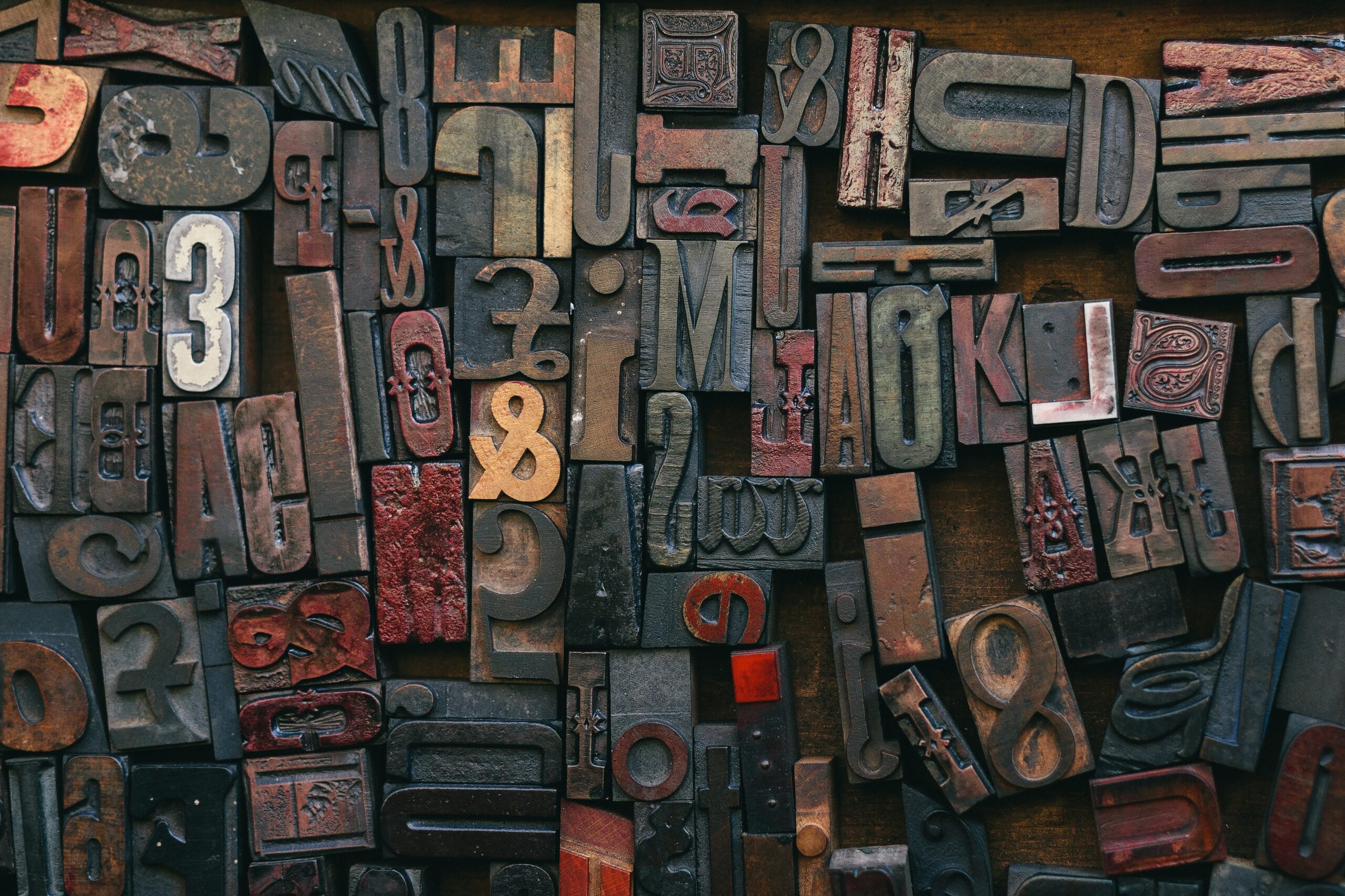
Typography is a critical element in design that is often overlooked. It plays a vital role in conveying information, creating visual hierarchy, and setting the tone for a design. The art and technique of arranging type to make written language legible, readable, and appealing when displayed is what typography is all about. In this article, we’ll explore the importance of typography in design and how it can be used to enhance the user experience.
Firstly, typography is an essential element in establishing the visual hierarchy of a design. By varying the size, weight, and style of type, designers can create a clear and organized layout that guides the user’s eye through the content. This can help to communicate the most important information and make the content more digestible.
Additionally, typography plays a crucial role in conveying the tone and personality of a design. Different typefaces have unique characteristics that can convey different emotions or moods. For example, serif fonts are often associated with traditional or formal designs, while sans-serif fonts are often used in modern or minimalist designs. Choosing the right typeface can help to create a cohesive and consistent design that resonates with the intended audience.
In addition to visual hierarchy and tone, typography can also affect the readability and legibility of a design. Legibility refers to how easy it is to distinguish one letter from another, while readability refers to how easy it is to read and understand the text as a whole. A poorly chosen typeface can make text difficult to read, which can be frustrating for users and make it difficult to convey important information.
Moreover, typography can also be used to enhance accessibility in design. By choosing typefaces that are easy to read and increasing the size of the text, designers can improve the user experience for people with visual impairments or reading difficulties.
In conclusion, typography is an essential element in design that can enhance the user experience and convey important information. It plays a vital role in establishing visual hierarchy, conveying tone and personality, and improving the readability and legibility of text. By understanding the importance of typography, designers can create more effective and engaging designs that resonate with the intended audience.
